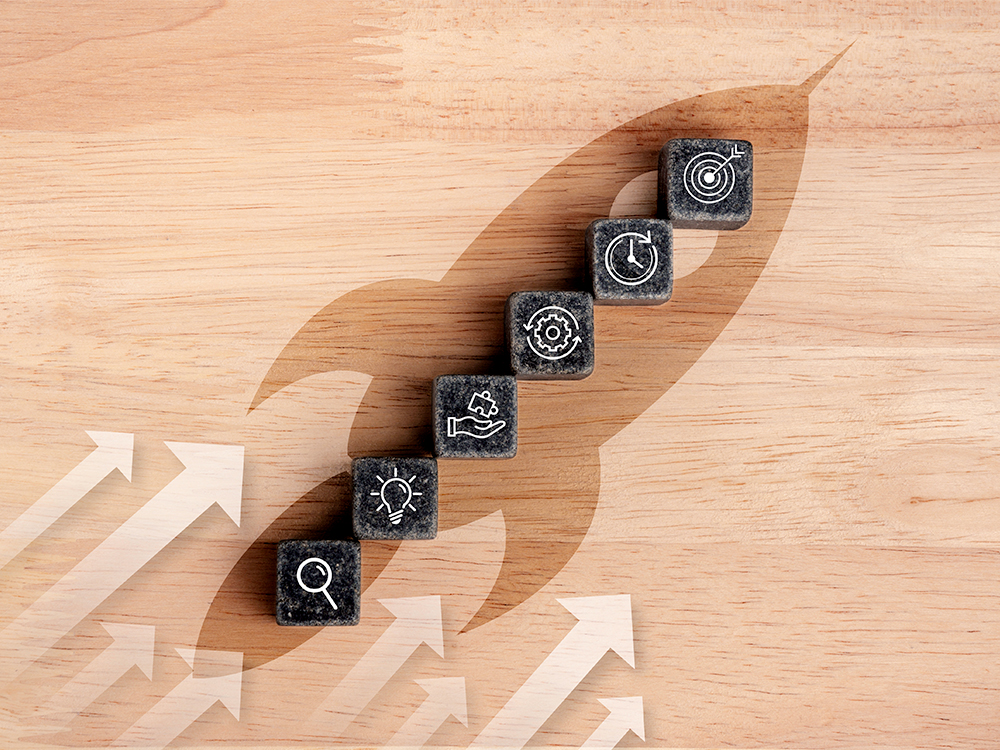



Release Date:2022-09-05 09:54:28
share
1. How many kinds of reactive power sources are there in the power system? Reactive power sources in the power system include: 1. Synchronous generator 2. Condenser 3. Parallel compensation capacitor 4. Series compensation capacitor 5. Static compensator 2. What is the purpose of current transformer? Current transformers convert large current into small current in a certain proportion, provide current for various instruments and relay protection, and isolate the secondary system from high voltage. It not only ensures the safety of personnel and equipment, but also simplifies and standardizes the manufacturing of instruments and relays, and improves economic benefits 3. Why should a group of lightning arresters be installed between the power capacitor and its circuit breaker? The installation of lightning arrester can prevent the switching overvoltage that may occur during the pulling and closing operation of power capacitor, and ensure the safe operation of electrical equipment. 4. What are the connection modes of current transformer? The connection mode of current transformer includes two-phase connection and two-phase current difference connection of two current transformers; three-phase Y connection, three-phase △ connection and zero sequence connection of three current transformers. 5. Why must the secondary side of voltage transformer and current transformer be grounded? The secondary side grounding of voltage transformer and current transformer belongs to protective grounding. If the insulation at the primary, secondary and secondary sides is damaged, the high voltage at the primary side will be connected to the secondary side, which will reduce the safety of personnel and equipment, so the secondary side must be grounded. 6. What are the functions of shunt reactor and series reactor respectively? The line shunt reactor can compensate the capacitive charging current of the line, limit the generation of system voltage rise and switching overvoltage, and ensure the reliable operation of the line. Bus series reactor can limit short circuit current and maintain high residual voltage of bus. The series reactor of capacitor bank can limit higher harmonic and reduce reactance. 7. What are the characteristics of the wiring mode of single bus section? Sectional connection of single bus can reduce the influence range of bus fault and improve the reliability of power supply. When a section of bus fails, the section circuit breaker will automatically trip with the cooperation of relay protection to remove the fault, so that the non fault bus can maintain normal power supply. For important users, power can be obtained from different sections to ensure uninterrupted power supply. 8. What are the disadvantages of double bus connection? The double bus has the following disadvantages: 1. Wiring and operation are relatively complex, and misoperation is easy to occur during switching operation 2. There are many bus disconnectors, and the structure of power distribution device is complex, so the economy is poor 9. What is the compensation degree of arc suppression coil and what is residual current? The ratio of the difference between the inductance current and the capacitance current of the arc suppression coil and the capacitance current of the power grid is called the compensation degree. The residual current flowing through the grounding point after the capacitive current is compensated by the inductance current of the arc suppression coil is called residual current. 10. When the system with neutral grounded through arc suppression coil operates normally, does the arc suppression coil have voltage? During the normal operation of the system, there is a certain voltage between the neutral point of the network and the ground due to the imbalance of the three phase to ground capacitance of the line. The value of the voltage is directly related to the imbalance of the capacitance. Under normal conditions, the voltage generated by the neutral point shall not exceed 1.5% of the rated phase voltage. 11. Why does the battery self discharge? The main reason for battery self discharge is that the electrode plate contains impurities, forming a local small battery, and the two poles of the small battery form a short circuit circuit, causing battery self discharge. In addition, due to the different densities of the battery electrolyte, the electromotive force of the top and bottom of the electrode plate is uneven, which will also cause the self discharge of the battery. 12. Why should the battery be charged and discharged regularly? Regular charging and discharging is also called checking charging and discharging. It means that the material of the electrode plate of the floating charging battery should undergo a large charging and discharging reaction after a certain period of time to check the battery capacity, find out the aging battery, and maintain and deal with it in time to ensure the normal operation of the battery. Regular charging and discharging should not be less than once a year. 13. What is the unbalanced current of transformer? What are the requirements? Unbalanced current of transformer refers to the current difference between three-phase transformer windings. In three-phase three wire transformer, the unbalance degree of each phase load shall not exceed 20%. In three-phase four wire transformer, the neutral line current caused by unbalanced current shall not exceed 25% of the rated current of low-voltage winding. If the above provisions are not met, the load shall be adjusted.